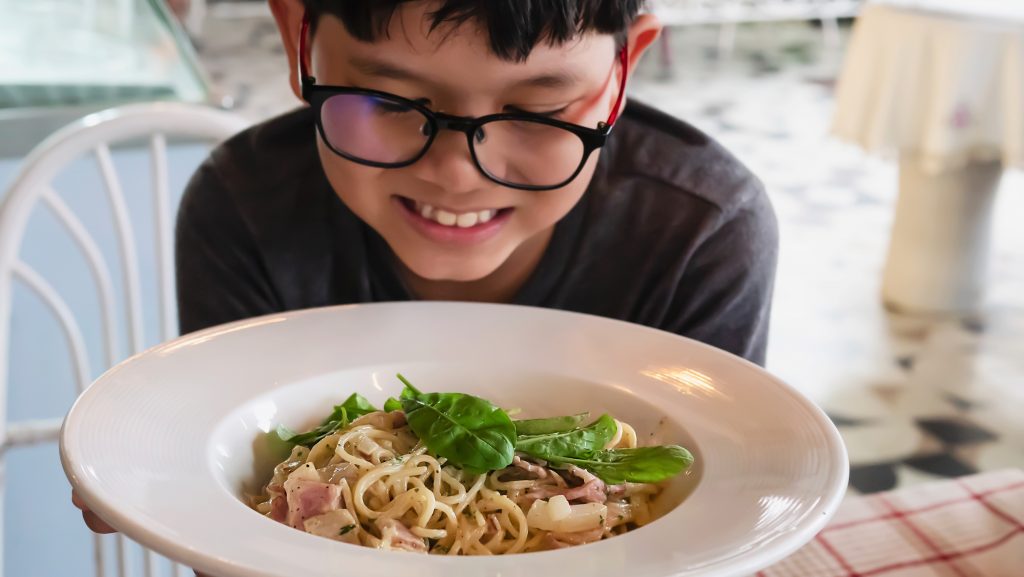
Food is not just about satisfying hunger and keeping the body going. It has always been an important part of human history. Evidence of ancient meals cooked over a fire three hundred thousand years old has been found in Qesem Cave, Israel. Food brings family and friends together to spend time together, strengthen and build relationships, relax and laugh. Even as kids, we make cakes out of sand or mud pies and have tea parties to make new friends. And what’s a birthday without sweets? After all, this day should be associated with love, joy, and happiness.
Personally, for me, the process of cooking and eating is a special ritual that does not tolerate haste. I am convinced that cooking should be done with love and eating with pleasure. Food should stimulate the receptors, excite the mind and bring pleasure.
The physiology of the pleasure of food
The human desire for pleasure has been shaped by evolution. The primary instincts for survival and reproduction are rewarded by the pleasure that accompanies eating, sex, or social advancement. The reward in the form of pleasure is given to man for his efforts in the struggle for the satisfaction of his needs. Before the food is eaten, it must first be procured and prepared, which are complex processes that require a great deal of energy and expense. They combine a huge number of activities that the brain carefully processes.
Before sensory information can be assessed for pleasure, it must be validated by an additional – multi-sensory – check. The process of eating integrates the work of all the senses. The brain processes more general information from vision and hearing, as well as specific information from the senses of smell, taste, and touch (sensate the food in the mouth). For example, the sense of smell and taste of coffee is highly subjective, which is also determined by the degree of bitterness of the beverage and the sensation of it in the mouth.
Additional processing of information takes into account previous gastronomic experiences and memories, as well as expectations of new experiences and the person’s overall condition. Research findings demonstrate that the mid-anterior orbitofrontal cortex is a key area in the formation of subjective food pleasure.
Often a person’s eating behavior is characterized by an imbalance in the pleasure system, with excessive consumption or aversion to food. Such eating disorders are difficult to address. Thus, the worldwide obesity pandemic is a pressing public health issue today. It is therefore very important to understand the process of food pleasure formation in order to address these kinds of problems.
Gastronomic culture formation
Our food culture starts to form in childhood and can stay with us for the rest of our lives if, for instance, our mother’s dishes are associated with happiness, coziness, and love. As adults, when we taste the aroma of these dishes, we are immediately transported to that atmosphere of joy and happiness.
However, negative experiences and bad memories from childhood can encourage us to leave them in the distant past and not carry them into adulthood. Thus, being independent, we adjust or radically change our eating habits, removing from our menu those dishes from childhood that are an irritant factor, a catalyst for unpleasant memories.
It is the smell of food that can resurrect strong memories. The memory for aromas is quite precise and has no expiry date, especially for smells from childhood. If food smells often evoke unpleasant and sad episodes, then create new, pleasant ones. The world of cooking is extremely wide and rich, everyone finds something to their liking. Enjoy food and create a happy story for yourself, your family, and friends.
